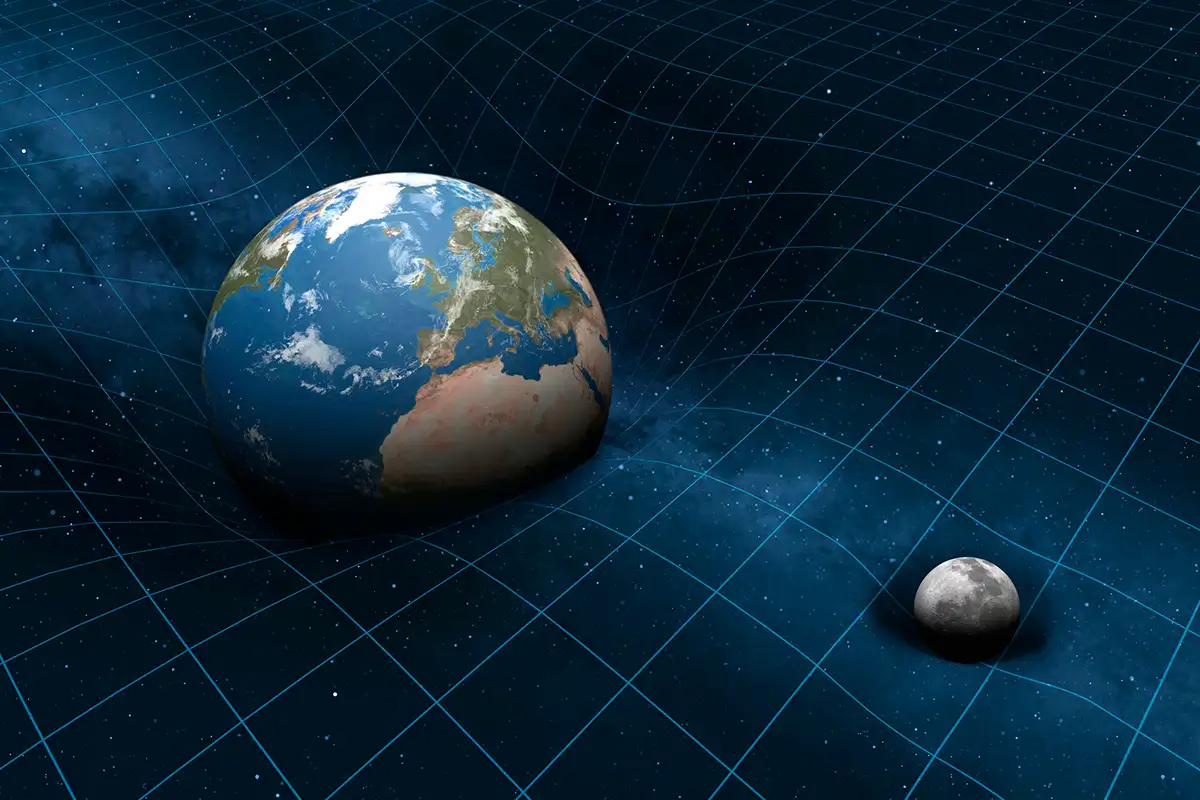Gravity is a fundamental force of nature that attracts objects towards each other. It is the force that keeps us grounded to the Earth and the planets in orbit around the sun.
Newton’s Law of Universal Gravitation
Sir Isaac Newton formulated the law of universal gravitation, which states that every particle in the universe attracts every other particle with a force that is directly proportional to the product of their masses and inversely proportional to the square of the distance between their centers. This means that objects with larger masses exert a stronger gravitational force on each other, and objects that are closer together experience a stronger gravitational force.
The Role of Gravity in the Universe
Gravity plays a crucial role in the formation and evolution of the universe. It is responsible for:
- The formation of celestial bodies: Gravity pulls matter together to form stars, planets, and galaxies.
- The orbits of planets and moons: The gravitational attraction between a planet and its moon or a star and its planets keeps them in orbit.
- The structure of the universe: Gravity is responsible for the large-scale structure of the universe, including the clustering of galaxies.
The Theory of General Relativity
Albert Einstein’s theory of general relativity provides a more accurate description of gravity than Newton’s law. According to general relativity, gravity is a curvature of spacetime caused by the presence of mass and energy. This theory has been confirmed by numerous experiments and observations.
Applications of Gravity
Understanding gravity has numerous applications, including:
- Space exploration: Gravity is essential for understanding the orbits of spacecraft and planning space missions.
- Navigation: GPS systems rely on precise measurements of gravity to determine location and time.
- Geology: Gravity surveys are used to study the Earth’s interior structure and detect mineral deposits.
Would you like to learn more about a specific aspect of gravity, such as its role in the formation of the universe, its applications in technology, or the theories that explain it?



